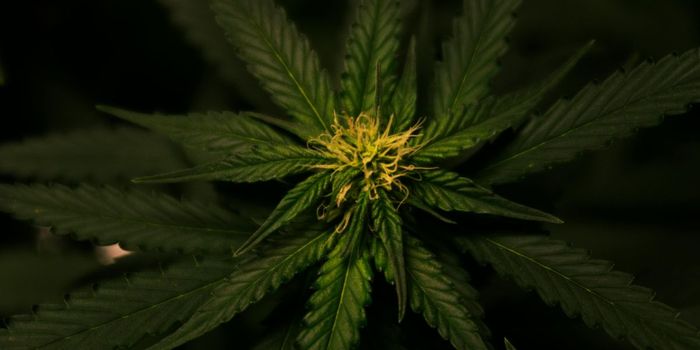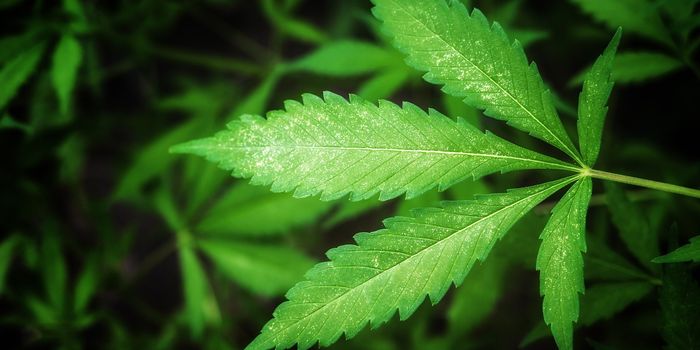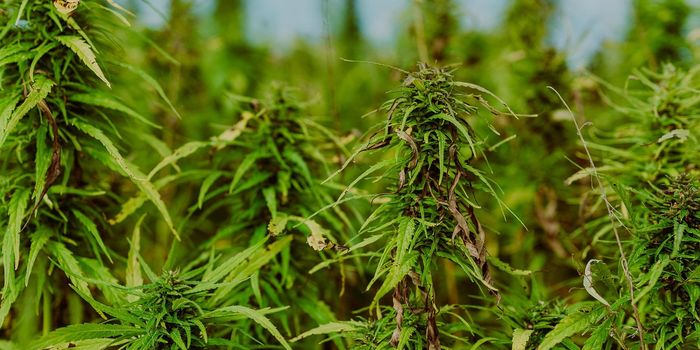Why Does Weed Smell?

Terpenes, which are naturally occurring compounds found in a variety of plants, such as fruits, and herbs, are responsible for producing the cannabis plant’s unique smells. Some weed enthusiasts even claim to have super-smeller abilities in which they can distinguish various strains from one another, simply by the aroma.
Odors can range from woody, earthy, citrusy, and sweet, not only because of the strain, but because of a variety of other factors. The quality of the grow, the freshness, and the age play into the aroma as well.
The two main classes of cannabis, sativa and indica, also play into the way the plant smells. Sativa varieties produce a more cerebral, exciting high, and have a sweet, herbal smell. Indica varieties are known for making the user feel a mellow high, and have a pungent, skunky odor.
And while there’s a popular belief that THC affects the smell of cannabis, it is a myth. THC, especially in large quantities, has no effect on the odor of weed.
Furthermore, there’s no evidence to suggest that the smell of weed provides any health benefits to the user, which is another widespread but false claim.
It’s best to think of the smell of weed similar to how we think of the smell of wine. We do not assign any health benefits or mystical properties to different wine aromas. We simply use smell as another method to discern characteristics, grows, and tastes. It’s just another way for the user to discern what they like, but nothing more than that.
Sources: American Society of Plant Biologists, Plos One, AACI Journal








